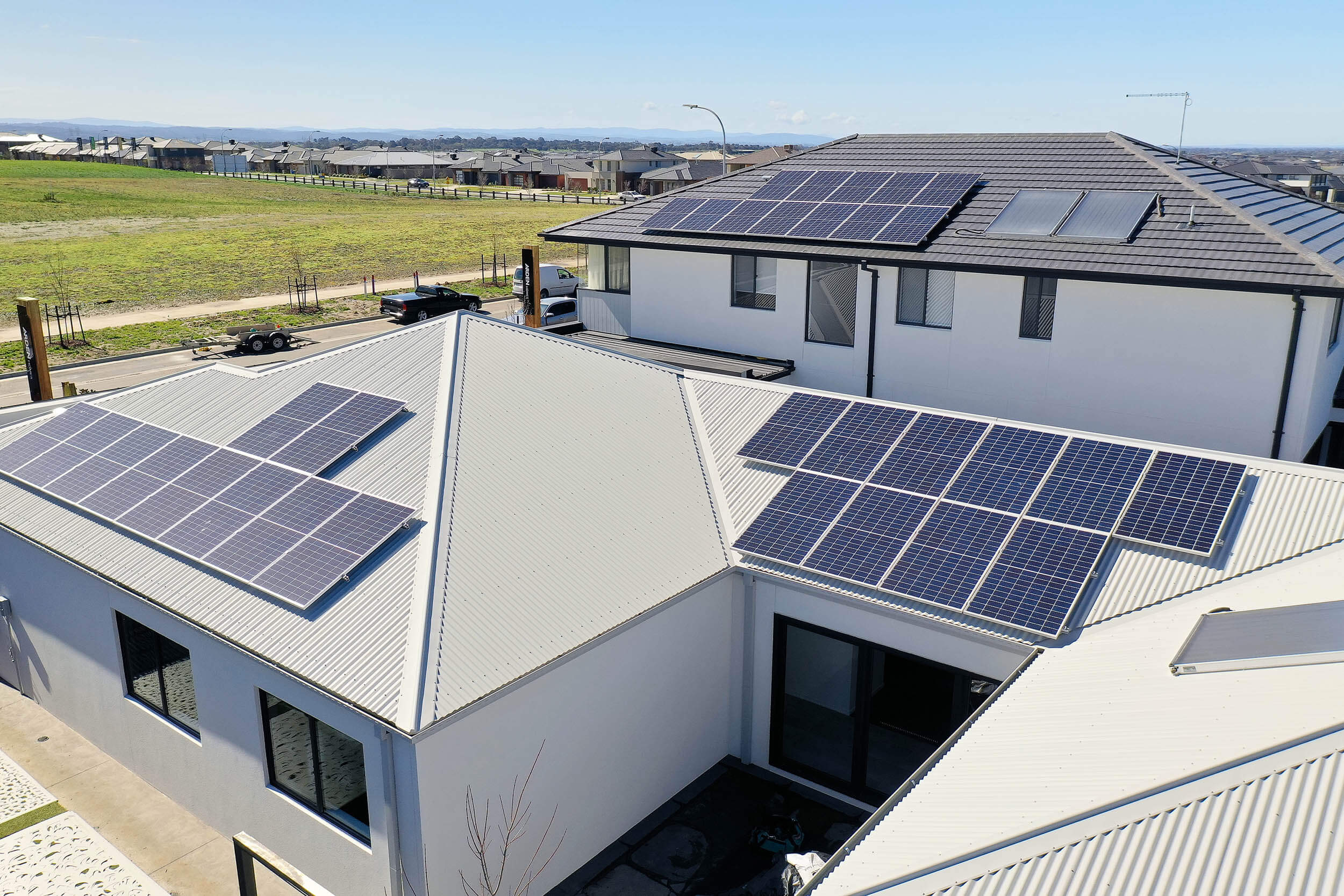How to make your home greener


As our planet changes, we are all becoming conscious of being more eco-friendly. By making some changes to your home with sustainable features, you won’t just be saving money but having less of a negative impact on the environment. That’s why we’ve made this article to share some amazing tips on how to make your home greener this year and be more sustainable for the future.
Investing in solar energy is a great way to reduce your carbon footprint by using clean, renewable energy to power your home. When you choose to build with Arden Homes, all our homes come with solar panels as standard, cutting down your energy costs for years to come.
Have you ever been out of the house and remembered you’ve left the lights on? That can all be avoided by installing smart applications into your home. This gives you greater control over your energy usage from adjusting temperature to turning your solar power off if the sun isn’t shining.
If you own a recycling bin, you are already conscious about recycling glass bottles, jars, and other items that should be recycled. But what about food waste, such as leftovers or produce? Put it into a compost bin to turn that waste into something useful for the environment, such as a vegetable or flower garden. Composting also has the added benefit of reducing methane production.
Swapping out your light bulbs for LED bulbs is a simple but effective way to have a better impact on the environment. LED (Light Emitting Diode) bulbs produce significantly more powerful light but use less electricity, are more durable and materials that need to be burned to produce light. LED downlights are standard in all Arden homes.
By double glazing your windows, you reduce the transfer of heat from outside to inside, which helps to keep your home cooler in summer and warmer in winter for reduced energy usage, which is why with Arden, double glazed windows are standard. There are also many other benefits to double glazing your windows including, lower energy bills thanks to its insulating abilities, reduction of noise and boosting property value.
Without window coverings, it can be more difficult to regulate the temperature indoors, leaving you to rely heavily on your air conditioning – resulting in more emissions. An energy saving option would be to ditch the blinds for thicker curtains for bedrooms and living rooms because they help to insulate the space, making them a great energy conserver.
As the world prepares for a greener future, more and more furniture manufacturers are becoming conscious of the materials they use. Many parts of the furniture industry still use harmful chemicals such as arsenic and formaldehyde, which can also cause illnesses. That’s why furnishing your home with furniture made from recycled materials is a win/win for both the environment and your living spaces.
The sales of electric vehicles are on the rise and future homes will have to prepare to provide for this new normal.
Once they’ve done their job and we’re finished with our cleaning products, we rarely consider the harm they have on the environment. Switching to natural cleaning products like bicarbonate soda, lemon juice or vinegar can be used in place of bleach and detergent to kill bacteria without nasty odours and grease. These chemicals have a significantly less negative impact than the volatile compounds usually found in store bought products.
We use our appliances every day to the point that they make up around 30% of your home’s total energy usage. As well as putting less strain on the environment by reducing greenhouse emissions, you can save money on bills by switching your appliances to eco-friendly alternatives and by simply by drying on the line instead of using the dryer.
To view the full inclusions for our homes, check out the Aspire and Lumina brochures.
For more great articles like this one, find them on our blog!
*Information is correct at time of publication.